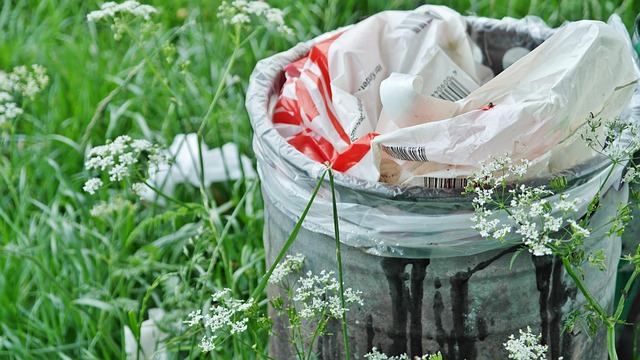In today’s fast-paced and ever-changing world, our connection to nature has never been more crucial. As we navigate the challenges of climate change and urban development, the concept of green infrastructure has emerged as a beacon of hope for those looking to create sustainable spaces. Embracing this approach in our garden designs not only helps the environment but also provides a serene oasis where we can reconnect with nature.
At its core, green infrastructure refers to a network of natural and semi-natural systems designed to manage stormwater, improve air quality, and enhance biodiversity. Imagine transforming your backyard into a vibrant ecosystem that nurtures both plants and wildlife while mitigating the impending threats posed by urbanization. By incorporating native plants, rain gardens, and permeable pavements, you can create a mini paradise right outside your door, promoting sustainability in every inch of your garden.
When choosing plants for your eco-friendly garden, opt for natives that thrive in your particular climate. These resilient plants are adapted to local conditions, require less water, and provide essential habitats for birds, bees, and butterflies. By carefully selecting flora that harmonizes with the local environment, you contribute to the preservation of your region’s natural heritage and promote a durable ecological balance.
In addition to native planting, consider installing a rain garden. These specially designed areas capture and filter stormwater runoff, helping to prevent flooding and reduce erosion. By incorporating native grasses and flowers that thrive in wet conditions, your rain garden becomes a beautiful and functional addition that invites nature into your space while also supporting your local ecosystem.
Another crucial aspect of green infrastructure is the use of permeable surfaces in your garden. Traditional concrete and asphalt surfaces can create water runoff issues, polluting local waterways. Instead, opt for permeable pavers or gravel paths that allow rainwater to seep into the ground, replenishing groundwater reserves while reducing flooding. This simple change can make a significant difference in environmental health while also adding aesthetic value to your garden.
Additionally, integrating composting systems into your gardening routine further enhances the eco-friendliness of your space. Composting not only reduces waste but enriches the soil, promoting healthier plant growth without the need for synthetic fertilizers. This organic approach creates a rich, nurturing environment for your plant life, allowing you to enjoy an abundant and flourishing garden.
By embracing green infrastructure in your garden design, you invite a flourishing ecosystem into your life, creating a sustainable refuge for you, your family, and countless species of wildlife. As we cultivate our gardens with intention and mindfulness, we can foster a deeper appreciation for the beauty of nature and take meaningful steps toward preserving our planet. In every garden lies the potential to become part of the solution and lead by example, inspiring others to cultivate their own green havens.




